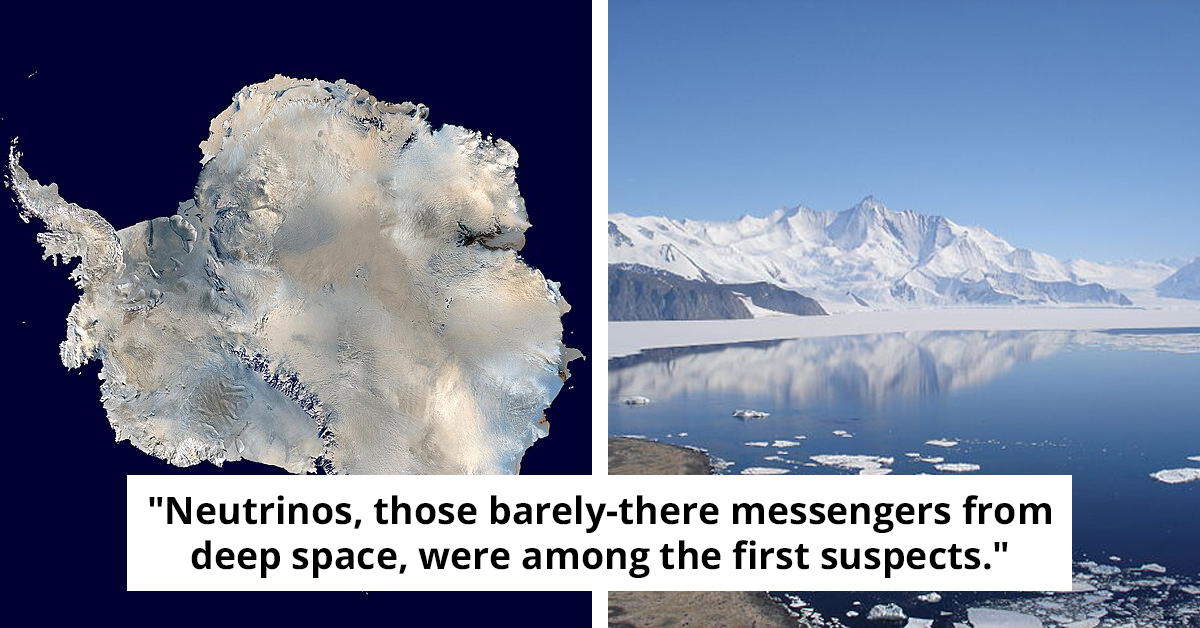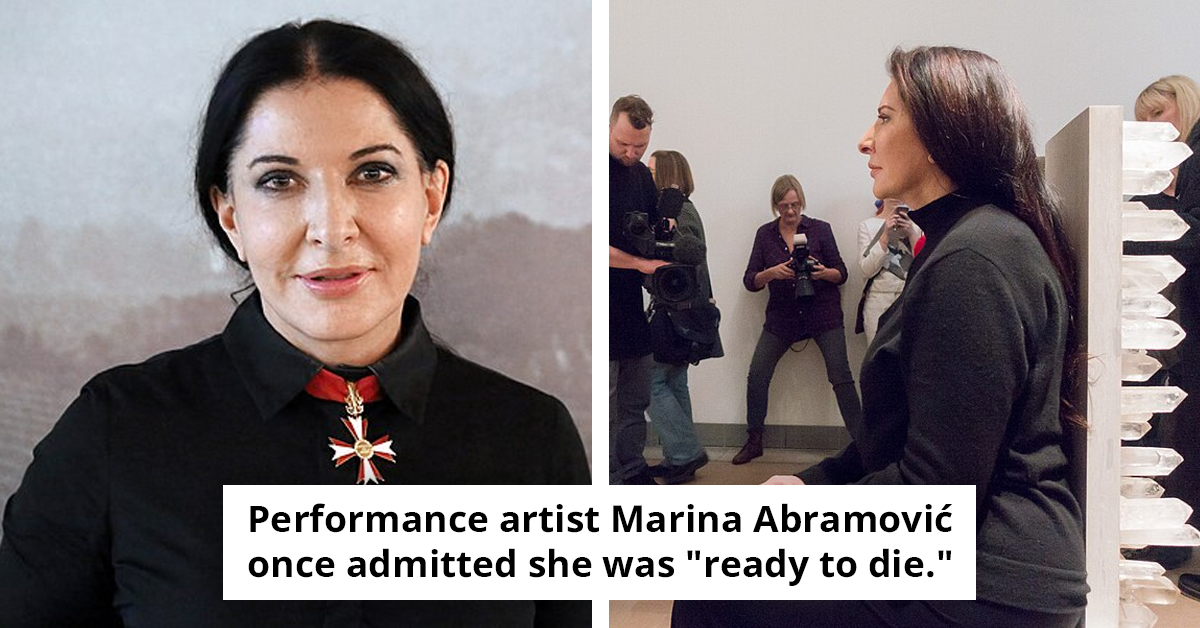Creators Of "Inside Out 2" Reveal How They Brought Anxiety Attack Scene To Life, Some Of Them Used Their Own Experience
"Inside Out 2" is a fascinating continuance of Pixar's exploration into the complex world of human emotions. Nearly a decade after we first met Riley, with her vivid emotions such as Joy, Sadness, Anger, Fear, and Disgust, she returns as a teenager.
This journey shows her more vivid emotions as an adolescent, a period known for its intense feelings and experiences. In this new chapter, Riley faces the universal trials of teenage life, including new social dynamics, academic pressures, and the excitement and anxieties of a potential first love.
These themes are explored through the vibrant and poignant lens that only Pixar can provide, making them real and relatable. The film introduces a new emotion, Anxiety, to Riley's emotional repertoire.
Anxiety, represented as a constantly alert character with an intense need to protect Riley, brings a new dynamic to the interplay between emotions. The introduction of Anxiety is not just a plot expansion but also serves as a critical educational tool.
It opens up a conversation about mental health among young viewers and adults alike, addressing the often-stigmatized issues surrounding anxiety. By personifying Anxiety, the film helps viewers understand and empathize with the struggles of dealing with anxious feelings, making it more approachable and less daunting.
"Inside Out 2" continues to build on Pixar's legacy of tackling complex topics with sensitivity and creativity, weaving these themes into engaging narratives that resonate with both children and adults. This movie educates as well as entertains.
It encourages understanding and discussion of psychological development during one of life's most turbulent phases.
"Inside Out 2" is a hit

The premiere was a huge success!
During its opening weekend, the film brought in over $155 million domestically, marking the first time since "Barbie" that a movie has earned over $100 million in its debut weekend.
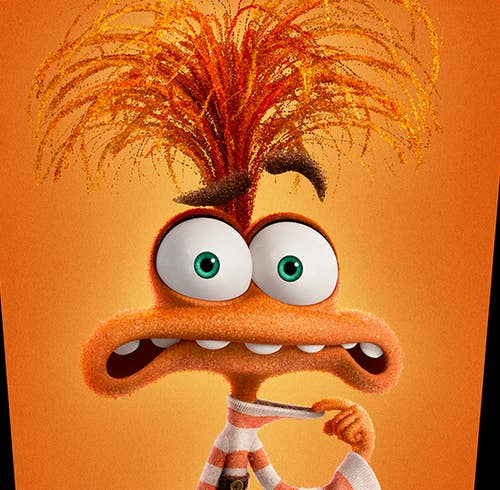
The sequel tracks 13-year-old Riley and the arrival of her new emotions.
As Riley is on the brink of high school, initially, her familiar emotions—Joy, Sadness, Anger, Fear, and Disgust—manage everything well, but the arrival of new emotions—Anxiety, Envy, Embarrassment, and Ennui—throws everything into chaos.
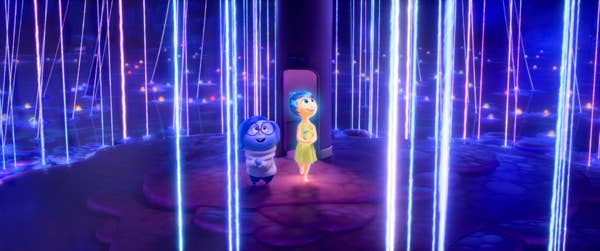
After just one weekend in theaters, fans are already delighted.
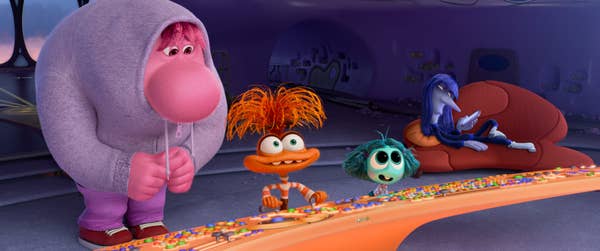
However, there is one scene in particular that makes many fans feel truly understood
Near the film's end, Riley suffers an anxiety attack, depicted through dual perspectives: one from inside her brain and the other in the external world. This scene has been so impactful that many viewers say it is the "most accurate depiction of anxiety" ever portrayed in film.
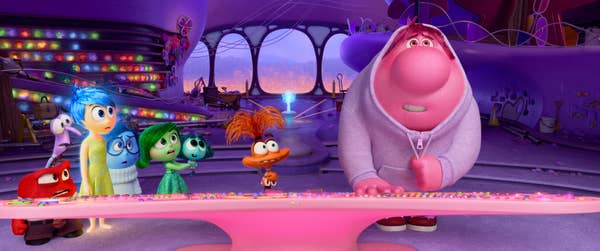
In the scene, Riley is punished during a hockey scrimmage for reckless play, as Anxiety dominates her mental control console, causing chaos. Simultaneously, her primary emotions scramble through her worst memories, which then overwhelm her sense of self.
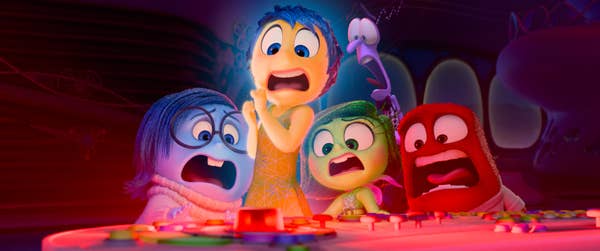
Externally, Riley is seen struggling to breathe and holding her chest, while internally, Anxiety spins out of control.
Her thoughts are "I'm not good enough," "I'm selfish," "I need to fit in," and "I need help sometimes."
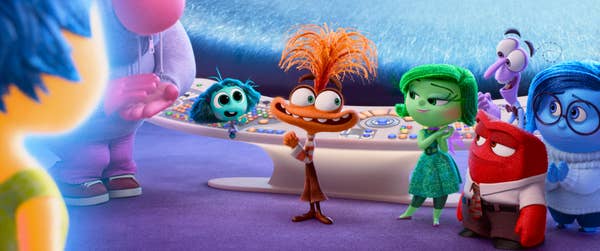
In a recent interview, Amy Poehler, Maya Hawke, and other creative team members detailed the steps they took to bring that impactful scene to life.
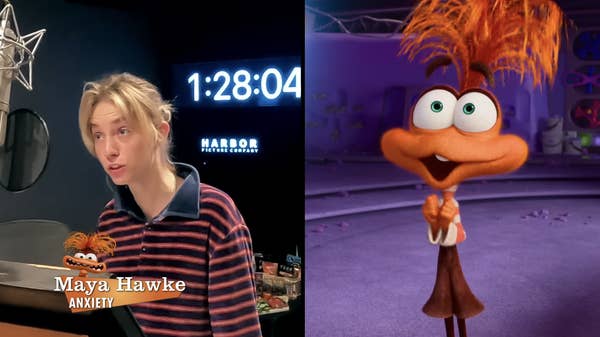
Maya, the voice behind Anxiety, shared that her personal experiences with anxiety attacks contributed to her portrayal.
"I broadened her and strengthened her as a character for this movie, so I felt really connected to it. Your breath moves to a different place, and you can’t breathe as deeply as you want to.
I saw it as the air not going down into her breath. It was like a tornado, and you can’t breathe when you’re stuck in the middle of a tornado," Maya said.
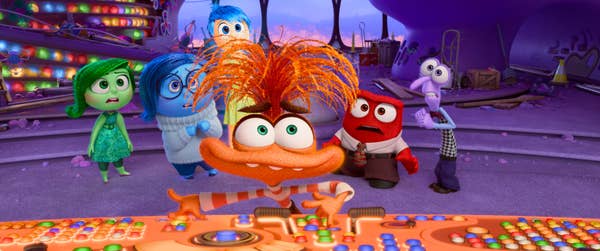
Maya said that her character and Riley want the same
"But it’s a lot about control: Anxiety really wants to take control over the console and believes that if she were able to have that kind of control, she’d be fine. And Riley is trying to control the outcome of whether or not she gets onto this team, control where her friends are going to go to school, control how she feels, control how she plays," explained Maja.
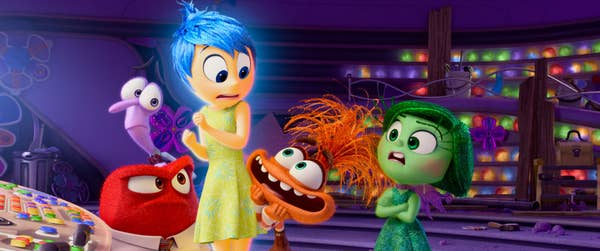
"I can't control everything, but what I can control is myself and how I'm behaving, am I treating the people around me with respect or not?", added Maja

Amy, the voice of Joy, mentioned that this scene was particularly "painful" for her character as she attempted to soothe Anxiety in order to help Riley
"That’s a hard thing when you’re a parent, and you don’t know what to do when you’re trying to help your child. If Riley is Joy’s kid, then Joy is kind of like, 'What’s happened to my kid?'.
Pixar is so smart to have Joy take her foot off the gas, and by doing so, and not pushing so hard, Riley just soothes herself, which is the hard lesson of growing up," explained Amy.
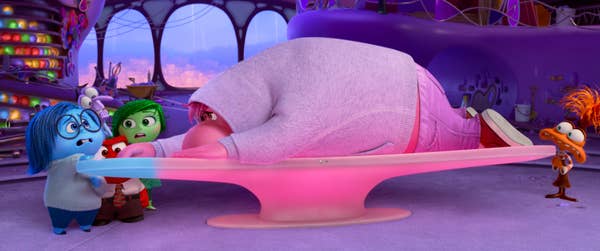
Director Kelsey Mann and producer Mark Nielsen held around 25 meetings to meticulously plan the execution of this crucial scene, in conjunction with the nuanced performances of Maya and Amy
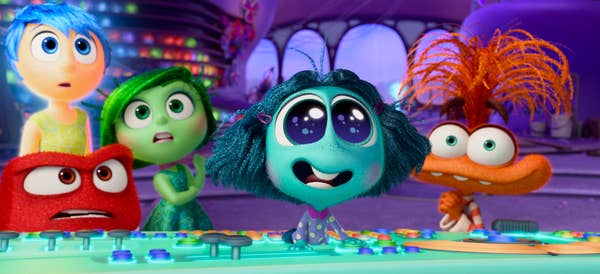
Co-cinematographers Jonathan Pytko and Adam Habib detailed how they enhanced the impact of the scene through their visual techniques
"We started doing a lot of things like tightening up the shutter angle, so, suddenly, everything’s a lot sharper, and the focus got a lot deeper as Riley put more and more pressure on herself. Then, when the anxiety attack hits, suddenly, we flip everything.
The focus goes extremely shallow, and the world drops away," Adam explained. Jonathan added, "That moment in particular was interesting because we had talked about it. What if we start vibrating the background as Riley gets deeper into this panic attack?
We overexposed the light a lot and really flooded this light coming around Riley as she was going through this moment. Then adding that [vibration] in there really sold what happened".
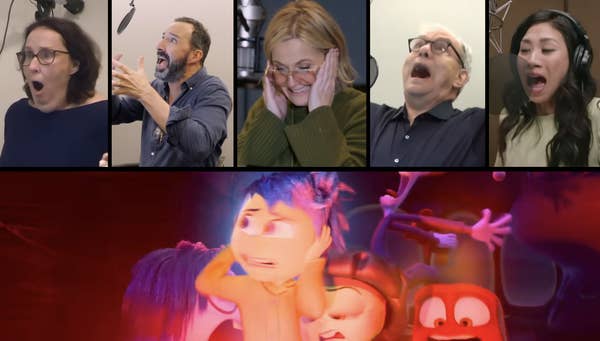
The scene concludes with all the emotions coming together in an embrace as Riley regains control
"It's so deep," Amy commented, reflecting on the scene's profound message. "It’s an adult lesson, you keep forgetting why you even started doing anything once you get caught up in all the other stuff."
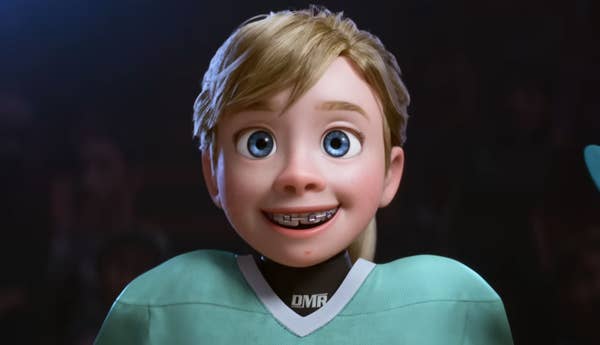
The emotional climax of "Inside Out 2," stressed by Riley's anxiety attack and its resolution, serves as a reminder of the complexity of human emotions. Through the collaborative efforts of the actors and the creative team, the film effectively illustrates the turbulent experience of anxiety and the power of emotional resilience.

